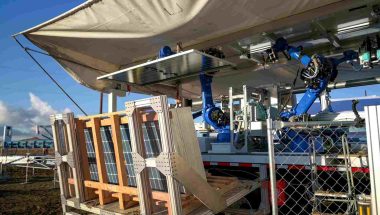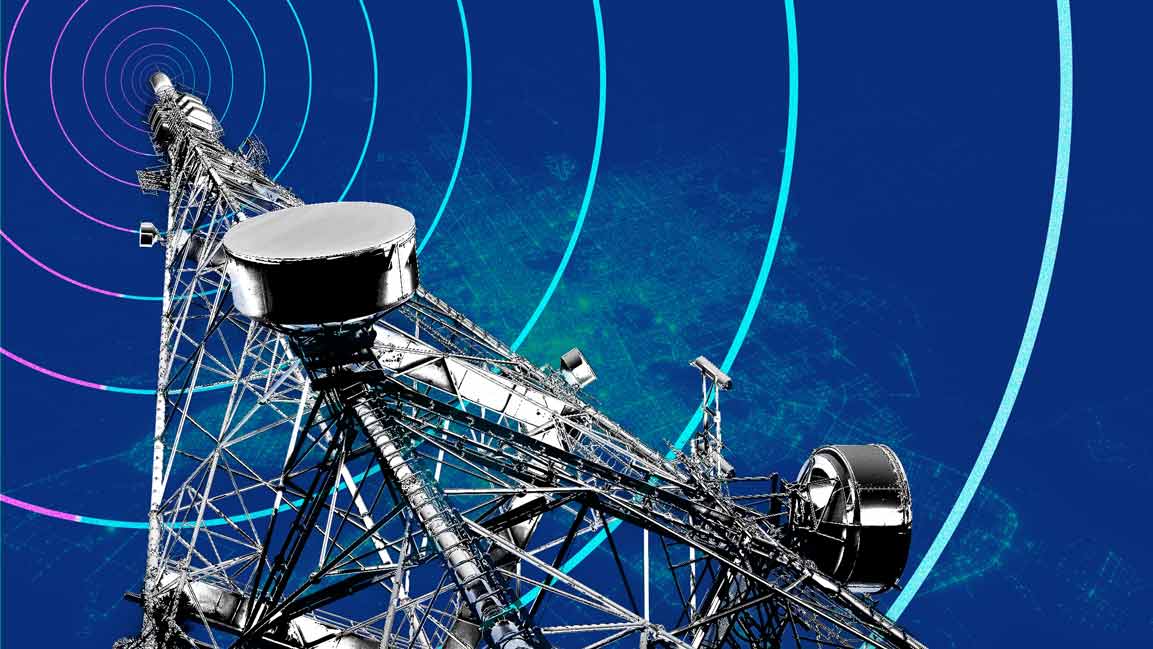- | 8:00 am
How to make a workplace that works for all personality types
It’s important to think about diversity of personalities, too.

If your current boss reminds you of your previous boss, there’s an explanation for that: When it comes to leadership types, most executives have a similar personality structure. In fact, their brains are often wired the same, says Friederike Fabritius, neuroscientist and author of The Brain-Friendly Workplace: Why Talented People Quit and How to Get Them to Stay. Fabritius calls this lack of diversity the “neurogap.”
“Not only do we have a lack of diversity when it comes to gender and race; we have a lack of diversity in the personalities we put into leadership positions,” she says.
In her book, Fabritius identifies four “neurosignatures,” which are the unique activity patterns in a person’s brain:
- Dopamine-dominant people are visionary risk-takers who are up for a challenge. They tend to be entrepreneurs.
- Testosterone-dominant people are direct and love to take charge. They also are drawn to data and often thrive in sales or research.
- Serotonin-dominant people focus on details and plans and love keeping schedules. They’re often found in accounting or law.
- Estrogen-dominant people are nurturing and empathetic. They often go into jobs in human resources or education.
“Most leaders—men and women—have what I call a testosterone/dopamine neurosignature,” she says. “They’re hard-driven and stress-resistant. They love change and are ambitious. And they have less empathy than the rest of the population. If you think about how many people are burned out and how mental wellbeing is a problem in the current workplace, I think it all comes down to the people at the top being highly stress-resistant and creating a workplace that works for people like themselves.”
CREATE A BRAIN-FRIENDLY WORKPLACE
Instead of asking people to conform to the neurosignature of the leader, Fabritius says organizations need to create “brain-friendly workplaces” that are naturally attractive to all neurosignatures.
“A brain-friendly workplace is a workplace that is in line with your brain,” she explains. “It’s one where your brain doesn’t have to adapt. It naturally brings out the best in everyone.”
To create a brain-friendly workplace, start with the hiring process. “We are wired to like people who are similar to ourselves and to hire people and promote people who are like ourselves,” says Fabritius. “We need understand that diversity is a good thing. If you have people who have different ways of working, they will close the neurogap and bring complementary skills in the workplace.”
Next, match tasks and roles to the neurosignatures under which they’ll thrive, creating different environments for different people. For example, Fabritius says high-dopamine people love to explore and try new things. They handle change and travel well and they love a challenge. Pique their curiosity with new projects or new roles, or they’ll easily get bored. Also provide them with autonomy and creative freedom.
High-serotonin people work best in a more peaceful environment. They make great managers because employees view them as being trustworthy and stable. Be sure to give them routines and structured work. They’re also good at team- and relationship-building roles.
High-testosterone people strive for power and status. They also respect logic and reasoning. This type of neurosignature works best when they have minimal supervision. Fabritius suggests putting them in a place where they can use those skills to cut through complexity and make quick decisions.
“I wouldn’t say allow them to be rude, that would be too much, but allow them to be quick to the point and don’t bore them with three-hour meetings, if they just want to hear three points,” she says.
Finally, high-estrogen people bring intuition, empathy, and creative lateral thinking to the workplace. They need harmony and will leave if an environment is toxic. They can excel as leaders, where they often create a positive, encouraging workplace.
Under a brain-friendly workplace, each neurosignature will adds value to an organization and each feels at home.
“It’s not just that you need to make the people happy,” says Fabritius. “They are bringing in their skills and talents. If you’re the leader, you need to work on empathy and be more tolerant. When you start to get irritated and think, ‘This person isn’t like me,’ you need to remember that that’s good. It’s far easier to reform a workplace than it is to change people. Let people play to their strengths instead






































